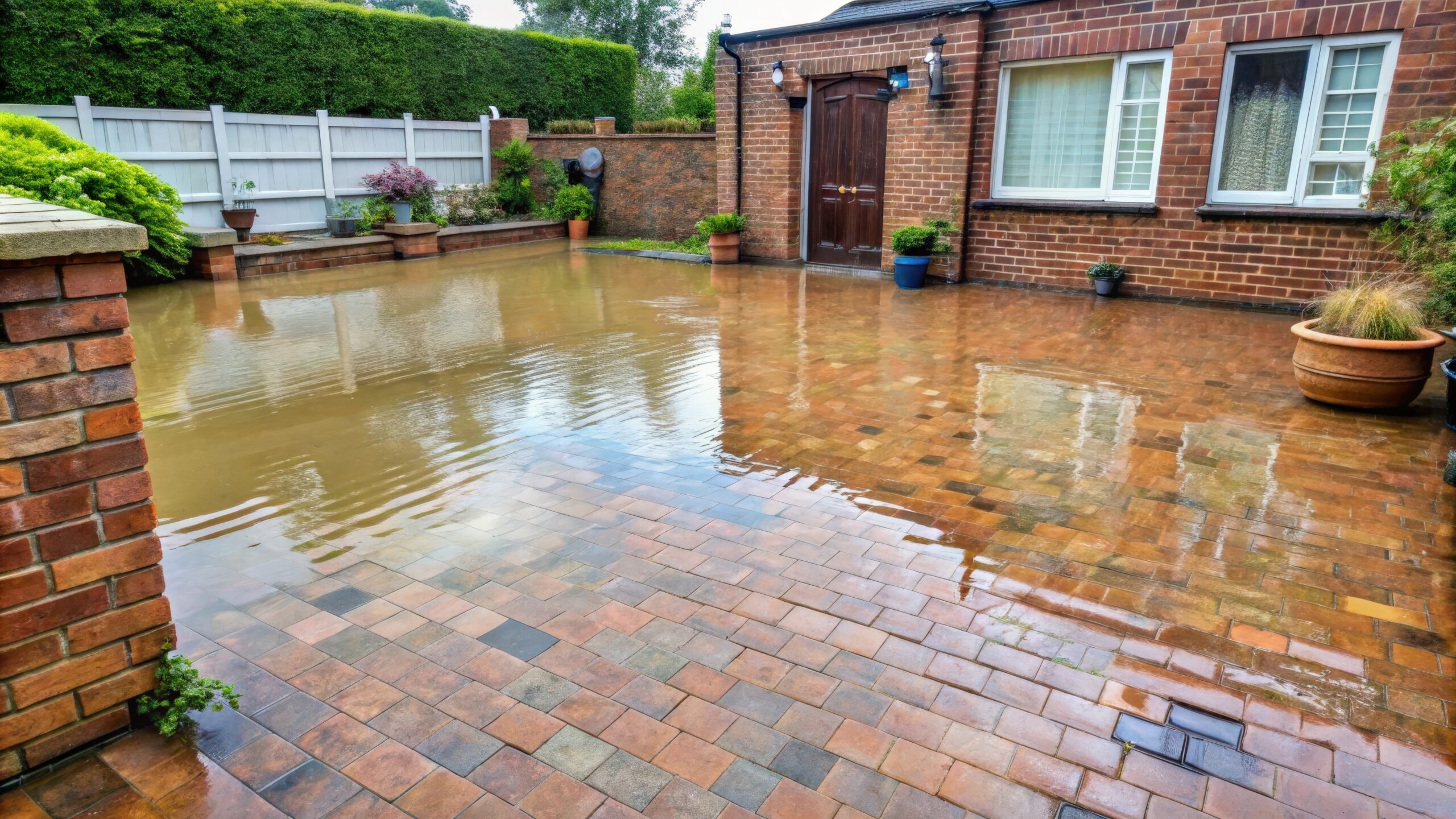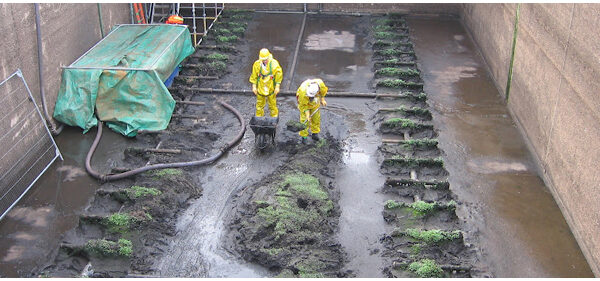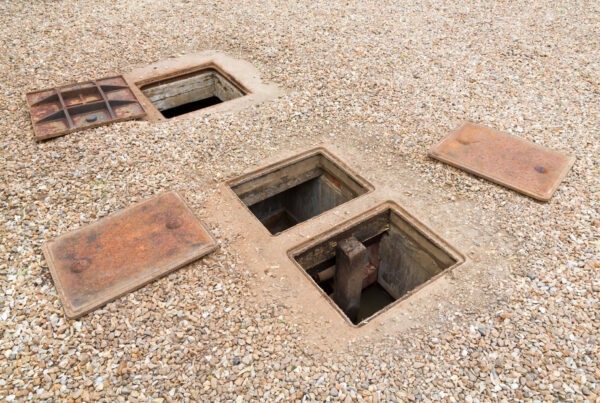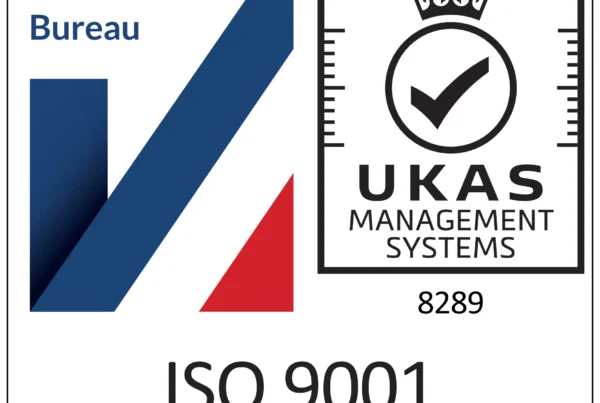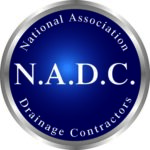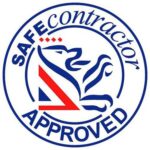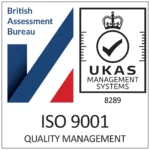Soakaway drains are a must for any property’s drainage system. Over time, they can get blocked for many reasons.
This can result in two big issues:
- Flooding in areas near the drain. This can damage buildings and property.
- Stagnant water becoming a breeding ground for bacteria and insects, making it unsafe.
Don’t ignore possible blockages in your soakaway drain. Prompt action can prevent further harm and costly repairs. Get help from pros when needed and prioritize maintenance to keep your drains clear and working. Take charge and enjoy a healthy and well-drained environment around your property.
Understanding Soakaway Drains
Soakaway drains are key for managing excess water. They are underground structures that direct rainwater or wastewater away from buildings and stop flooding. Knowing how soakaways work is vital for their upkeep.
The idea behind them is that they absorb and disperse gathered water into the soil nearby. This is done by utilizing gravity, with pipes that have holes in them or chambers filled with gravel, which direct the water into the ground.
When making and installing soakaway drains, several things must be taken into consideration. The type of soil, its permeability, and the site’s hydrogeological conditions are all important. It’s vital to get the size and placement right, so the system doesn’t get overloaded or clogged.
Maintenance is a must to keep soakaways functioning well. Inspections will help spot any blockages caused by debris or silt, which can hinder drainage. Clearing them fast ensures the drain still works perfectly.
To show how necessary understanding soakaway drains is, there is an example from ancient Rome. Sewers were built around 600 BC, called the Cloaca Maxima. It was a complex network that used soakage areas to manage wastewater well.
Signs of a Blocked Soakaway Drain
A blocked soakaway drain can cause problems and disrupt the drainage system of your property. Spotting the signs early on is essential to avoid any further damage or inconvenience.
- Drains that take longer than usual to drain – if you notice this when flushing sinks, showers or toilets, it could be a sign of a blockage.
- Foul odours – when waste materials accumulate in the drain, bad smells may be emitted.
- Stagnant water – blocked drains may lead to water pooling in places like your garden or driveway.
- Gurgling noises – air being trapped in pipes due to blockages can cause these sounds.
- Overflowing manhole covers – if the drainage system can’t cope with the volume of water, this may happen.
- A sudden increase in pests – blocked drains create the ideal environment for these creatures.
Unique indicators may appear too, so if you think your soakaway drain is blocked, get an expert’s opinion. To stop it happening or fix it, regular cleaning and maintenance can help. Drain cleaners and rods can help with DIY methods. Installing drain covers/guards can stop leaves and debris from entering the drain. If the blockage persists, investigations such as CCTV drain surveys are needed to identify the cause and location of the blockage. Early detection and action are key – stay vigilant and address any blockage signs right away.
Causes of a Blocked Soakaway Drain
A blocked soakaway drain can be caused by various factors:
- Accumulation of debris such as leaves, twigs, and mud.
- Infiltration of roots from nearby trees or shrubs.
- A buildup of grease and fat from kitchen waste.
Neglecting regular maintenance and cleaning can raise the risk of blockages. Thus, proper care and routine checks are essential for avoiding blockages and having efficient drainage.
A Pro Tip: Inspect your soakaway drains frequently and clear away any debris or intrusive roots to prevent blockages and guarantee optimal drainage.
Steps to Unblock a Soakaway Drain
Having a blocked soakaway drain? Don’t panic! We have the ultimate guide to help you. Follow these 5 steps for an easy unblock:
- Assess: Discover where it is and how bad it is. Be careful and work out if it needs a pro.
- Clear Debris: Put on gloves and remove leaves, dirt and waste with a scoop or trowel.
- Flush with Water: Use a hosepipe or bucket to push water down the drain. This will help loosen any blockage.
- Cleaning Products: If water flushing doesn’t work, try special drain cleaning products. Make sure you follow instructions and don’t mix solutions.
- Get Professional Help: If it still won’t be unblocked, contact plumbers or drainage experts with advanced equipment.
Take care of your drain system. Clear debris and keep it from being blocked to stop future problems. Unblocking soakaway drains has been a struggle for ages. Thankfully, pipes and drainage systems have improved but it’s still an issue.
Prevention and Maintenance Tips
Keep your soakaway drain in the best condition with these helpful hints:
- Inspect regularly for signs of blockage or damage. Clear away any debris or vegetation that could cause clogs.
- Don’t pour oil, grease, or chemicals down the drain. They can solidify and cause blockages.
- Divert rainwater away from the soakaway area for proper wastewater management.
Maintenance is essential for preventing future problems with your soakaway drain. Address any issues early and get professional help if needed, to avoid expensive repairs.
No one wants a blocked soakaway drain! It can cause bad smells, flooding, and even damage the property. So, how did this happen?
Well, picture this – a garden with lush greenery and a beautiful home. But beneath the surface was an issue – a blocked soakaway drain. Years of neglect had caused debris to accumulate, leading to a major blockage. The homeowners learned their lesson and now take care to maintain their drain.
Remember, prevention is better than cure when it comes to your soakaway drain. Take care of it regularly for a problem-free drainage system.
Conclusion
Our investigation has revealed that the blocked soakaway drain is due to an accumulation of debris and sediment. This blocks the water flow, so it needs to be cleared.
High-pressure jetting or manual extraction can be used to clean it. Professional help is needed for this.
To avoid blockages in the future, regular maintenance is key. Inspections and cleaning should be done at set times. Also, make sure debris doesn’t end up in the drain system.
Frequently Asked Questions
FAQ 1: Why is my soakaway drain blocked?
Blocked soakaway drains can occur due to a variety of reasons, including the accumulation of debris, tree roots infiltrating the drain, or excessive rainfall overwhelming the drainage system.
FAQ 2: How can I identify a blocked soakaway drain?
Signs of a blocked soakaway drain include water pooling in the garden, unpleasant odours, slow-draining sinks or toilets, or gurgling sounds coming from the drains. Additionally, damp patches or sinking ground near the soakaway area may indicate a blockage.
FAQ 3: Can I unblock a soakaway drain myself?
If you have basic DIY skills, you can try some measures to unblock a soakaway drain. Start by removing any visible debris, then use a drainage rod or high-pressure water jet to dislodge the blockage. However, it’s recommended to seek professional help if the blockage persists or if you’re uncertain about the cause.
FAQ 4: What should I do if my soakaway drain remains blocked?
If your attempts to unblock the soakaway drain are unsuccessful or if the blockage keeps recurring, it is best to contact a professional drainage expert. They have advanced tools and expertise to identify and resolve the underlying issues causing the blockage.
FAQ 5: How much does it cost to unblock a soakaway drain?
The cost of unblocking a soakaway drain depends on several factors, such as the severity of the blockage, accessibility of the drain, and the required repairs. It is advisable to obtain quotes from reputable drainage companies to get an accurate cost estimation.
FAQ 6: How can I prevent soakaway drain blockages?
To prevent soakaway drain blockages, regular maintenance is necessary. Avoid flushing non-flushable items down the toilet, regularly clear debris from the drain’s entrance, and consider installing a drain cover to catch larger objects. It’s also crucial to monitor the drainage system for any signs of blockages and seek professional help if needed.

